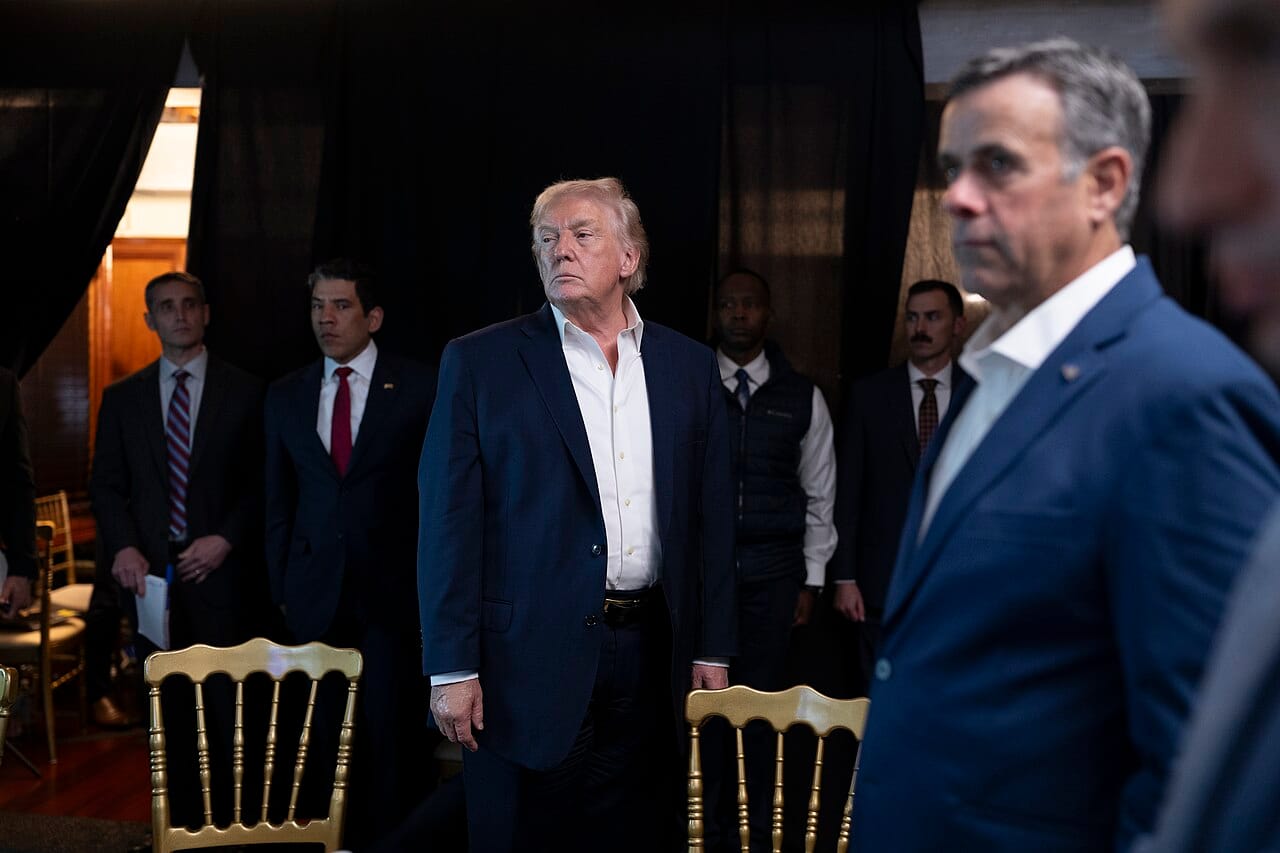Historically it is the competition for land that provokes tensions between the states, over time the world has seen this shift towards the blue territories as Kaplan calls it. Two explanations for the same could be economic mercantile trade and the dynamic shift of attention from Eurasia to East Asia which is largely maritime. Kaplan says that seas can act as a seed or a dodger in creating tensions and even invasions. However, the likelihood is quite tilted towards aggression. In defiance of that, great conquests and invasions have taken place in the region. The central idea to take away from Kaplan’s writings is how East Asia and its mostly maritime nations are struggling to co-exist with problems of their own regimes and trying to strike a balance between the natural master and a distant superpower.
Kaplan starts with a very intriguing prologue speaking of how the place called Champa is closely and culturally agnate to Indian civilisations reflecting the close ethno-cultural ties in the region of south Asia. With Champa’s story which is located in Vietnam, Kaplan tries to explain the ever-increasing Chinese influence. Champa is considered to have great historic influence from India, Malay, Khmer and destroyed by North Vietnam later. Kaplan divides the entire book into eight parts where he tries to deal with each state’s bearings with china. Even though one might think it’s quite a Eurocentric intellect, Kaplan tries to balance his understanding quite well.

All the views and opinions expressed are those of the author. Image Credit– South China Morning Post.
References
Robert D. Kaplan, Asia’s Cauldron:The South China Sea and the end of a stable Pacific (Random House Company, New York, 2014), 263 pp.
About the Author

Maseera Shaik is currently pursuing Master’s degree in Politics: International and Area Studies from Jamia Milia Islamia (JMI). She completed Bachelor’s degree in History and Sociology from Sri Venkateswara College, University of Delhi. She is a national collegiate debater and ex-women’s empowerment project Astitva head.



